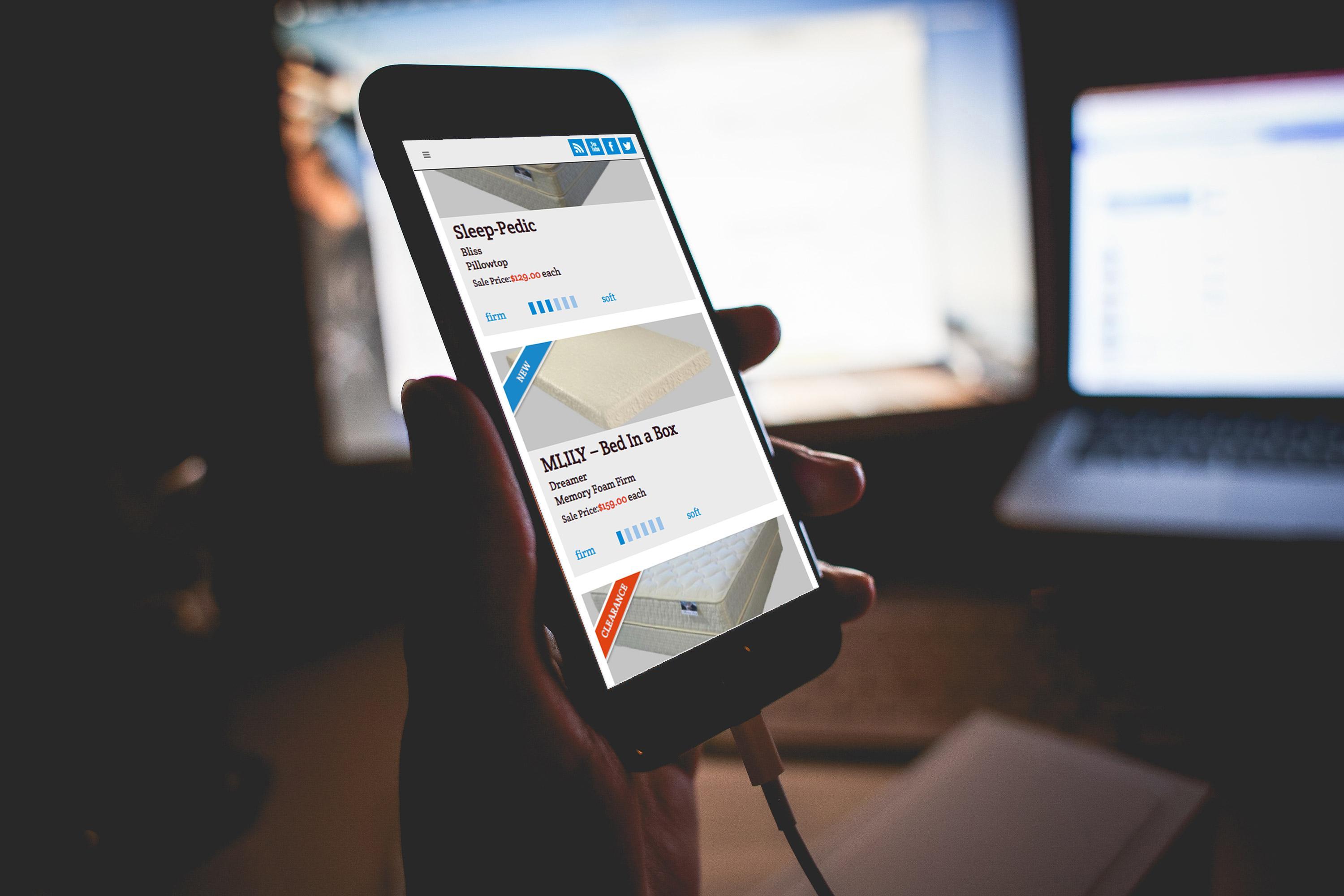Even among experienced marketers, it’s easy to overemphasize the visual: For example, many of us tend to think about digital marketing solely in terms of Instagram stories, YouTube videos, and images shared across Facebook, Snapchat, or Twitter.
Actually, though, the typical online user experience includes a healthy dose of audio, whether that means digital radio, streaming music, or podcasts. For marketers, these audio formats represent some significant areas of opportunity. Indeed, while these formats may not be quite as colossal as social media, they are growing at a rapid pace, quickly making more traditional radio formats seem obsolete on their own.
The State of U.S. Audio Ad Spending
Just to get a lay of the land, consider some recent research about U.S. audio ad spending in 2020. (All data comes from eMarketer’s September 2020 report.)
- U.S. digital radio ad spending is projected to hit $3.72 billion this year. This actually represents a slight step down from spending in 2019, but most experts agree that this is a function of the pandemic and related economic distress. Digital radio ad spending is expected to rebound significantly in 2021.
- In 2020, about 16.5 percent of digital radio ads will be transacted programmatically. By 2022, this number should surpass 21 percent.
- The number of U.S. podcast listeners is expected to increase 16 percent year-over-year, topping 106.7 million. Podcast ad spending is projected to pass $1 billion in 2021.
Clearly, audio represents an increasingly major area of focus for digital advertisers… but of course, this raises a question: Is there still any use in advertising on traditional radio?
What’s Happening with Traditional Radio?
The state of traditional radio advertising is actually fairly grim. This is in part thanks to the pandemic. As fewer and fewer people have commuted to work each day, the number of people tuning into local radio stations has dwindled. Additionally, small businesses have had to tighten their belts, resulting in less ad spending in traditional radio. Combined, these factors have strained the traditional radio advertising market considerably.
Of course, the decline in traditional radio advertising predates COVID-19. Before the pandemic, it was expected that traditional radio advertising would shrink slightly. But now, experts are saying the decline could be by as much as 25 percent.
Next year, there will likely be a slight rebound, but this rebound will surely represent the high point for traditional radio advertising. As consumer listening preferences continue shifting toward digital radio and podcasts, we anticipate that traditional radio will become less and less of a factor in marketing budgets. (There are a few notable exceptions; for example, traditional radio continues to be a popular destination for political ads, and traditional radio’s local event tie-ins will be their strongest appeal for local advertisers.)
Moving Forward with Digital Audio
Generally speaking, digital radio has a much more promising future than terrestrial radio… though again, the pandemic has brought its share of setbacks.
Here, it might be helpful to define what digital radio actually includes. When we talk about digital radio, we’re talking about online platforms like Pandora and Spotify, as well as digital ad revenues for local, national, and satellite stations. Podcasts are also included in digital radio advertising forecasts. More technically, digital radio references a subset of display advertising, comprising any advertising that’s set against audio-online content, although we warn against buying it this way.
The current state of digital radio advertising is slightly contracted, thanks in large part to the pandemic and the ongoing economic fallout. Assuming some initial steps toward economic recovery in the coming months, it’s widely expected that digital radio ad spending will rebound, and that it will continue to surge in the years to come.
As marketers and advertisers shift some of their ad dollars into digital radio, however, it’s important to also understand shifts in consumer listening preferences. With more people working from home, in-car radio use is down. On the other hand, more and more people are getting their audio content through smart speakers, smart TVs, and even gaming consoles. About 70 percent of all audio listening now happens at home, and more than half takes place on digital devices. Another important note here is that subscriptions to online-only platforms like Spotify continue to rise, representing more and more opportunities for advertisers to reach people.
Given some of these changes in consumer behavior, it should come as no surprise that programmatic ad buys are increasing in their popularity; indeed, eMarketer projects that, between now and 2022, programmatic digital radio ad spending will rise from $614.4 million to $1.05 billion. Are you adjusting your ad budgets accordingly?
Find Out More About Digital Audio Advertising
This is an exciting field for advertisers, but success in digital audio requires a sophisticated strategy. At enCOMPASS, we have ample experience advising our clients as they seek to connect with their target audience as cost-effectively as possible, including through digital radio. If you’re ready to learn more about digital radio advertising, or about the enCOMPASS approach, we welcome you to contact us at any time.
SHARE THIS ARTICLE:



